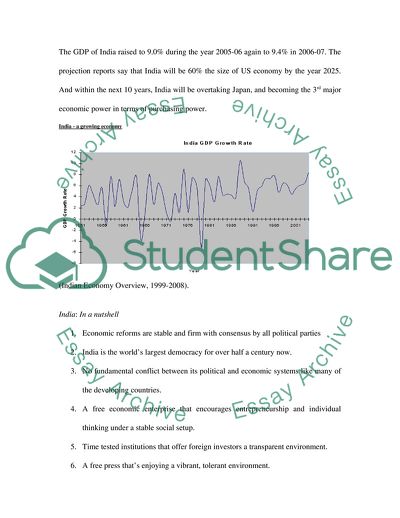Cite this document
(Growth Performance of India over the Last 10 Years Case Study, n.d.)
Growth Performance of India over the Last 10 Years Case Study. Retrieved from https://studentshare.org/macro-microeconomics/1712357-international-macroeconomics-assess-the-growth-performance-of-a-country-of-your-own-choice-over-the-last-10-or-so-yearsreport
Growth Performance of India over the Last 10 Years Case Study. Retrieved from https://studentshare.org/macro-microeconomics/1712357-international-macroeconomics-assess-the-growth-performance-of-a-country-of-your-own-choice-over-the-last-10-or-so-yearsreport
(Growth Performance of India over the Last 10 Years Case Study)
Growth Performance of India over the Last 10 Years Case Study. https://studentshare.org/macro-microeconomics/1712357-international-macroeconomics-assess-the-growth-performance-of-a-country-of-your-own-choice-over-the-last-10-or-so-yearsreport.
Growth Performance of India over the Last 10 Years Case Study. https://studentshare.org/macro-microeconomics/1712357-international-macroeconomics-assess-the-growth-performance-of-a-country-of-your-own-choice-over-the-last-10-or-so-yearsreport.
“Growth Performance of India over the Last 10 Years Case Study”, n.d. https://studentshare.org/macro-microeconomics/1712357-international-macroeconomics-assess-the-growth-performance-of-a-country-of-your-own-choice-over-the-last-10-or-so-yearsreport.


